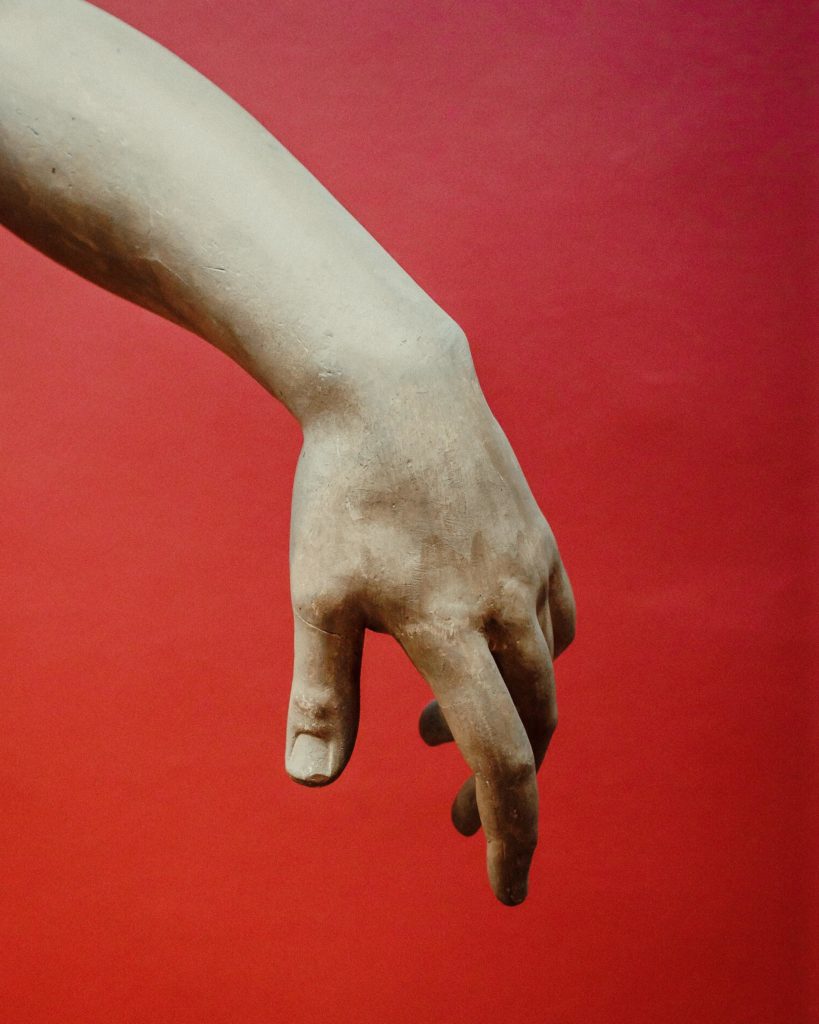What exactly is Dystonia?
Dystonia is a movement condition characterized by involuntary muscular contractions and spasms. Movement disorders are neurological conditions in which abnormalities in the neural system cause the muscles to contract abnormally. The brain parts involved in the muscular movement, such as the basal ganglia, which control muscle coordination, are disrupted in dystonia. After essential tremors and Parkinson’s disease, dystonia is the third most frequent movement condition in the United States.
What Are the Different Dystonia Types?
Dystonia may manifest itself in a variety of ways. Dystonia may be classified based on the type of its cause or causes:
- Primary dystonia is a kind of dystonia that occurs without a clear relationship to a medical disease. In other words, it has a cause, but it is uncertain what that reason is. Idiopathic dystonia is another name for this kind of dystonia.
- Secondary dystonia occurs when a medical disease, such as a hereditary ailment, a traumatic injury, or a neurological problem coexists with secondary dystonia.
Another way to classify muscle contractions is by the portion or areas of the body where they occur:
- Focal dystonia is a kind of dystonia that affects just one body area (e.g., the neck).
- Segmental dystonia is a kind of dystonia that involves two or more adjacent body parts.
- Multifocal dystonia is similar to segmental dystonia in that the afflicted regions are not contiguous.
- Hemidystonia is a condition that affects half of the body.
- General Dystonia that affects the whole body is known as generalized dystonia (including the legs and other less common areas).
What are the causes of dystonia?
Dystonia may be caused by various factors, albeit the particular disease that causes it is unknown. Isolated focal dystonia, hereditary dystonia, acquired dystonia, and idiopathic dystonia is the four varieties of dystonia that may be defined based on their causes.
The most frequent focal dystonia is isolated focal dystonia, which affects just one body area and begins in adulthood. Oromandibular dystonia, which affects muscular contractions in the face, mouth, and tongue, is an example of isolated focal dystonia.
A genetic mutation inherited in an autosomal recessive, autosomal dominant, X-linked recessive, or mitochondrial way may cause hereditary Dystonias. Previously, inherited illnesses were labeled with the letters DYT followed by a number, such as DYT1 dystonia. On the other hand, many of them have been given new names based on their similarity to other movement disorders or are named after the gene that causes them. DYT11, for example, is also known as myoclonus-dystonia or DYT-SGCE. Some of these illnesses, such as DYT-THAP1 dystonia, are more common in children.
Environmental factors include hypoxic brain injury during or around birth; certain infections, such as meningitis and encephalitis; certain medicines, such as neuroleptics, antiemetics, and antidepressants; and vascular abnormalities, such as stroke, are the most common causes of acquired Dystonias. Depending on the level of exposure, they may appear at any age.
There are also some idiopathic dystonias, which have no known etiology. However, there may be several causal elements in some instances.
Symptoms
The following are examples of dystonia symptoms:
- Feet squeezing
- Controlling hands and dragging one foot while walking
- Involuntary neck-craning
- problem speaking
- Spasms of muscles throughout the body
- Tremors
- Eye twitching or uncontrollable blinking
- Uncontrollable body twisting
The symptoms of dystonia vary depending on the kind of dystonia you have. The following are the most prevalent kinds of dystonia:
- Dystonia that affects most or all of the body is known as generalized dystonia.
- Focal dystonia is a kind of dystonia that affects just one body part:
- Dystonia of the eye, or blepharospasm
- Cervical dystonia (also known as “torticollis”) is a condition that affects the muscles of the neck.
- Facial dystonia is a condition that affects the powers of the face.
- Multifocal dystonia is a kind of dystonia that affects many loose body parts.
- Myoclonus dystonia is a kind of dystonia that exclusively affects the upper body.
- Hemidystonia is a condition in which an arm and leg are involved on the same side of the body.
Diagnosis
Your doctor will begin by taking a medical history and physical examination to identify dystonia.
Your doctor may suggest the following tests to see if any underlying issues are causing your symptoms:
- Tests of the blood or urine, toxic or other problems may be detected with these tests.
- A magnetic resonance imaging (MRI) or a computed tomography (CT) scan These imaging techniques may detect brain abnormalities such as tumors, lesions, or stroke signs.
- Electromyography (EMG) is a technique for (EMG). The electrical activity of muscles is measured in this test.
- Genetic testing determines a person’s Some types of dystonia are linked to specific genes. Knowing
How Is It Treated?
Controlling dystonia muscle spasms may be accomplished in three ways:
Medications
In the treatment of dystonia, two basic kinds of medicines are used:
Botulinum toxins: Every three to four months, botulinum toxins are injected directly into the location of the patient’s contractions. Muscles are relaxed, contractions are reduced, and posture is improved.
Neurotransmitter drugs: Neurotransmitters are chemical messengers in the brain that control muscle action. Neurotransmission medicines either raise brain chemicals like dopamine or lower neurotransmitter activity, depending on the kind of dystonia.
Surgery
Surgery is occasionally a possibility for those who have severe dystonia. Deep-brain stimulation uses electrodes implanted in the brain to change brain activity and regulate neurotransmissions to the muscles. Nerves that govern spasming powers are severed during selective denervation surgery.
Therapy
Some people with dystonia benefit from physical, occupational, or speech treatment depending on the muscle areas affected. Stretching and massage have also been shown to be beneficial.
Dystonia is neither treatable nor preventive. Nonetheless, doctors are discovering that drugs and other treatment options provide comfort and improve the quality of life for people living with
dystonia. Continued study into the causes of dystonia may lead to more comprehensive remedies in the future.
Home cures and a healthy lifestyle
Although there is no treatment for dystonia, there are a few things you may do to lessen its effects:
- Spasms may be reduced via sensory techniques, and cramps may be temporarily stopped by touching particular places of your body.
- Muscle discomfort may be relieved by applying heat or ice, whether hot or freezing.
- Stress reduction. Learn stress-management techniques, including deep breathing, social support, and positive self-talk.


